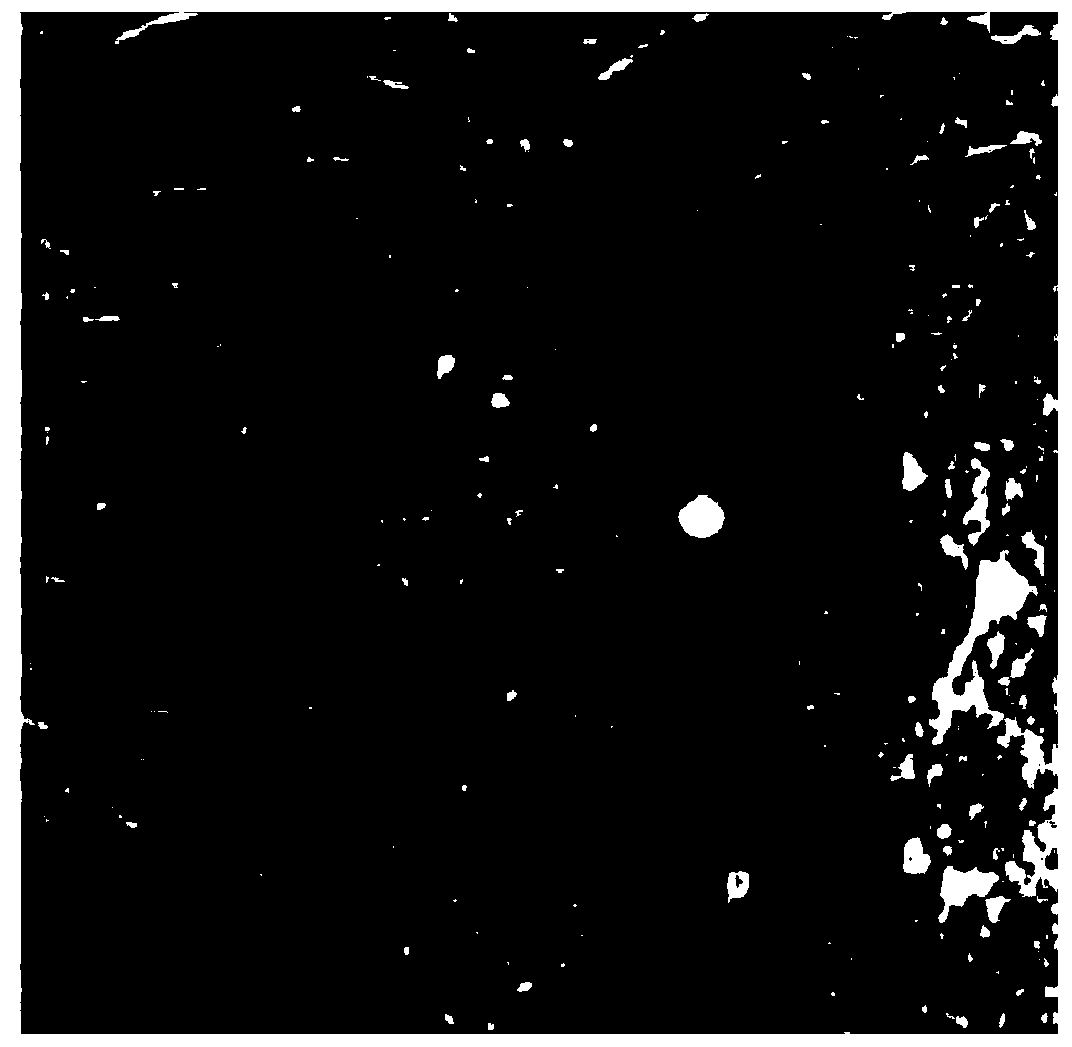Helicobacter pylori fluorescent staining reagent
A technology of Helicobacter pylori and fluorescent dyeing, applied in the field of medicine, can solve the problems of poor staining sensitivity of Helicobacter pylori, difficult to find bacterial cells, long detection time, etc. Effect
- Summary
- Abstract
- Description
- Claims
- Application Information
AI Technical Summary
Problems solved by technology
Method used
Image
Examples
Embodiment 1
[0024] A Helicobacter pylori fluorescent staining reagent, comprising the following components: 0.5 g of acridine orange, 10 ml of acetic acid, 1 g of sodium acetate, 1 g of calcium chloride, 1 ml of glycerin, and 1 g of counterstaining agent.
Embodiment 2
[0026] A fluorescent staining reagent for Helicobacter pylori, comprising the following components: 2 g of acridine orange, 10 ml of acetic acid, 1.5 g of sodium acetate, 5 g of calcium chloride, 10 ml of glycerol, and 5 g of a counterstain.
Embodiment 3
[0028] A fluorescent staining reagent for Helicobacter pylori, comprising the following components: 1.2 g of acridine orange, 10 ml of acetic acid, 3 g of sodium acetate, 3 g of calcium chloride, 10 ml of glycerin, and 3 g of a counterstain.
PUM
 Login to View More
Login to View More Abstract
Description
Claims
Application Information
 Login to View More
Login to View More - R&D
- Intellectual Property
- Life Sciences
- Materials
- Tech Scout
- Unparalleled Data Quality
- Higher Quality Content
- 60% Fewer Hallucinations
Browse by: Latest US Patents, China's latest patents, Technical Efficacy Thesaurus, Application Domain, Technology Topic, Popular Technical Reports.
© 2025 PatSnap. All rights reserved.Legal|Privacy policy|Modern Slavery Act Transparency Statement|Sitemap|About US| Contact US: help@patsnap.com


